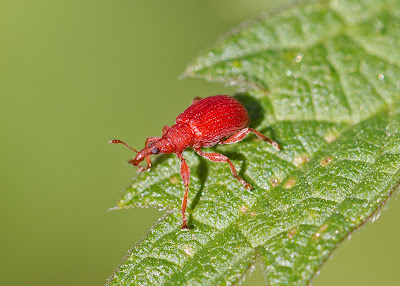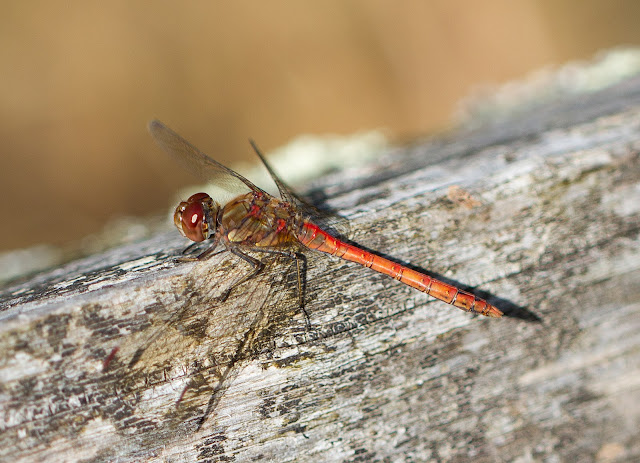 |
| Nut Jobber |
 |
| Eurasian Nuthatch, Sitta europaea |
 |
| Interloper!! |
Hello and welcome to my Blog. Mainly I capture photographic records of my birding and butterfly visits to places in the Sussex, Hampshire and Kent countryside. I also have a fascination for all things natural, photographs of which, from time to time, I add to the Blog.
 |
| Nut Jobber |
 |
| Eurasian Nuthatch, Sitta europaea |
 |
| Interloper!! |
 |
| Richard and his trailer |
 |
| Brilliant to be up close and personal with water life. |
 |
| Dock Bug, Coreus marginatus?? |
 |
| Seed Weevil - Apion frumentarium |
 |
| Small Copper, Lycaena phlaeas |
 |
| Common Darter, Sympetrum striolatum |
 |
| Comma, Polygonia c-album - a tad worn round the edges |
 |
| No Peregines visible - even 5 miles away |
 |
| Shingle and groynes as far as the eye can see |
 |
| Groyne No.4 - Perfect shorebird habitat |
 |
| Red-backed or Black-bellied Sandpiper |
 |
| Turnstones still looking 'scruffy' |
 |
| Flying into the gull roost |
 |
| A tad peachy |
 |
| Different light - no peach |
 |
| Definite white rump - look! |
 |
| Dunlin |
 |
| Who am I - with a little red eye?? |